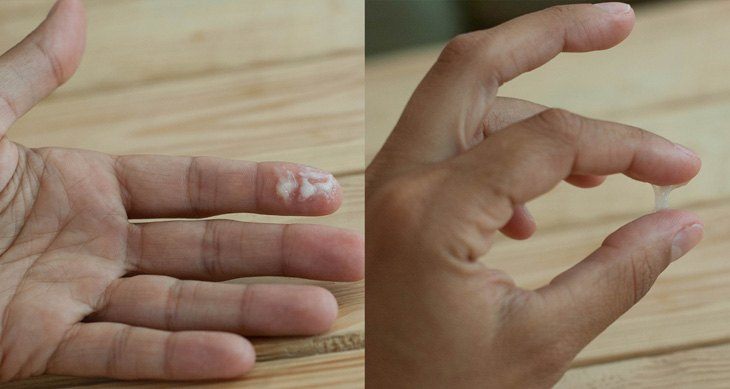Browsing through group chats or forums among women, you can find that pregnancy is a ubiquitous topic. Indeed, first-time mothers must be aware of the early symptoms and signs.
After ovulation, if you’re planning for pregnancy, ewcm will tell you the perfect time to do it with your other half. That is to say, when EWCM occurs, you are likely to have what is called the “baby dance.” It’s high time you got ready for ovulation.
EWCM and estrogen
When your levels of estrogen increase, EWCM is a thing that follows. About one week after ovulation, your estrogen level may climb once, but not as high as when you are ovulating.
The increase in progesterone and estrogen levels helps make your uterus’ lining thicker to prepare for implantation. When this takes place, you may realize the 2nd patch of EWCM. This may not be typical but not unusual as well.
Why the Changes in Cervical Mucus

If you have been recording your cervical mucus, then you already know it is among the best methods to tell how close your body is getting to ovulation. However, you may ask what the underlying reasons for these changes in CM are during your cycle. I’ll tell you now; they are your hormones.
When your body gets more fertile, your CM will turn dry, then quite sticky, and go on to get creamy and finally become somehow like egg whites (EWCM).
EWCM Can Mean a Delay in Ovulation
Experiencing EWCM after your ovulation could mean that you indeed have not ovulated and that your ovulation has come to a halt for a particular reason. There are chances your body still gets ready even though no ovulation happens.
Stress or illness is some other factors that might prevent you from ovulating. If you’re afraid that you are not ovulating, my advice is you should chart your basal body temperature (BBT for short).
Here, no increase in BBT might signal that you are not ovulating, known as anovulation. Sometimes, diagnosis of anovulation might be baffling, especially when you realize your CM is pre-ovulatory or when it’s constantly egg white.
In this case, you should continue tracking your CM and BBT for a more extended period and then consult your doctor about such charts. The information from your charts can say a lot for your doctor when he tries to determine whether you have any fertility problems.
Anovulatory cycles and EWCM
If you find on your CM chart many EWCM patches, but your temperatures don’t show any marked changes, then you are likely to have anovulatory cycles. The fact is, by offering multiple patches of EWCM, your body might be preparing for ovulation, yet, for some unknown reason, you aren’t ovulating at all.
Typically, during an ovulation chart, there is EWCM followed by a thermal shift, and your CM gets dried up. After ovulation, it makes sense that you feel dry. This way is often used to check whether ovulation has indeed occurred.
On the other hand, if you’re noticing patches of fertile CM but without any biphasic chart (including a follicular phase, ovulation, along with a luteal degree), it may be a sign of no ovulation.
If you’re experiencing this, I suggest you visit your doctors for further advice and don’t forget to bring along your charts.
EWCM and Pregnancy
For several women, having EWCM after ovulation may be a good indication of pregnancy. In typical cases, your CM will get dry after you’ve ovulated. However, if you’ve been successful at getting pregnant, you may be able to notice your cervical mucus becomes creamy with white or light yellow color.
This EWCM could be Leukorrhea, which you can first notice after five or seven days of having ovulated. Leukorrhea happens when levels of hormones in your body increase during pregnancy. In this case, all your CM charts come in useful.
According to some studies, 1 out of 8 women trying to become pregnant will notice that they have an increase in CM after they ovulate, with the cause being that they’ve conceived. If you find that you’ve got EWCM after ovulation, then you should immediately take the pregnancy test!
Conclusion
For instance, having ewcm after ovulation (egg white cervical mucus) is a good indication that you’re fertile. Also, if you’re able to realize some changes in your CM (cervical mucus), it means you can tell whether you’ve succeeded in trying to become pregnant. If yes, it’s time for you to take a pregnancy test!



